Your home is one of the most expensive investments you’ll make in your life, but buying one that’s exposed to hazardous gasses will only put your money down the drain. It’ll be challenging for your family to live comfortably if radioactive gasses, like radon, are present.
What Is Radon And Why Should You Be Concerned?
Radon is the second leading cause of lung cancer and is responsible for about 21,000 deaths in the U.S. every year. Radon forms naturally when radioactive metals, such as radium, uranium, or thorium break down into the soil, rocks, and groundwater.
Radon is a naturally occurring gas, meaning anyone can be exposed to its harmful effects. When you breathe in radon, radioactive particles from the gas can get trapped into your lungs and cause many symptoms, like shortness of breath, fever, coughing, and headaches.
Over time, radon can lead to lung cancer as particles can get stuck in the lining of your lungs, where they produce radiation. This effect can significantly damage the lung cells in your body, resulting in lung cancer.
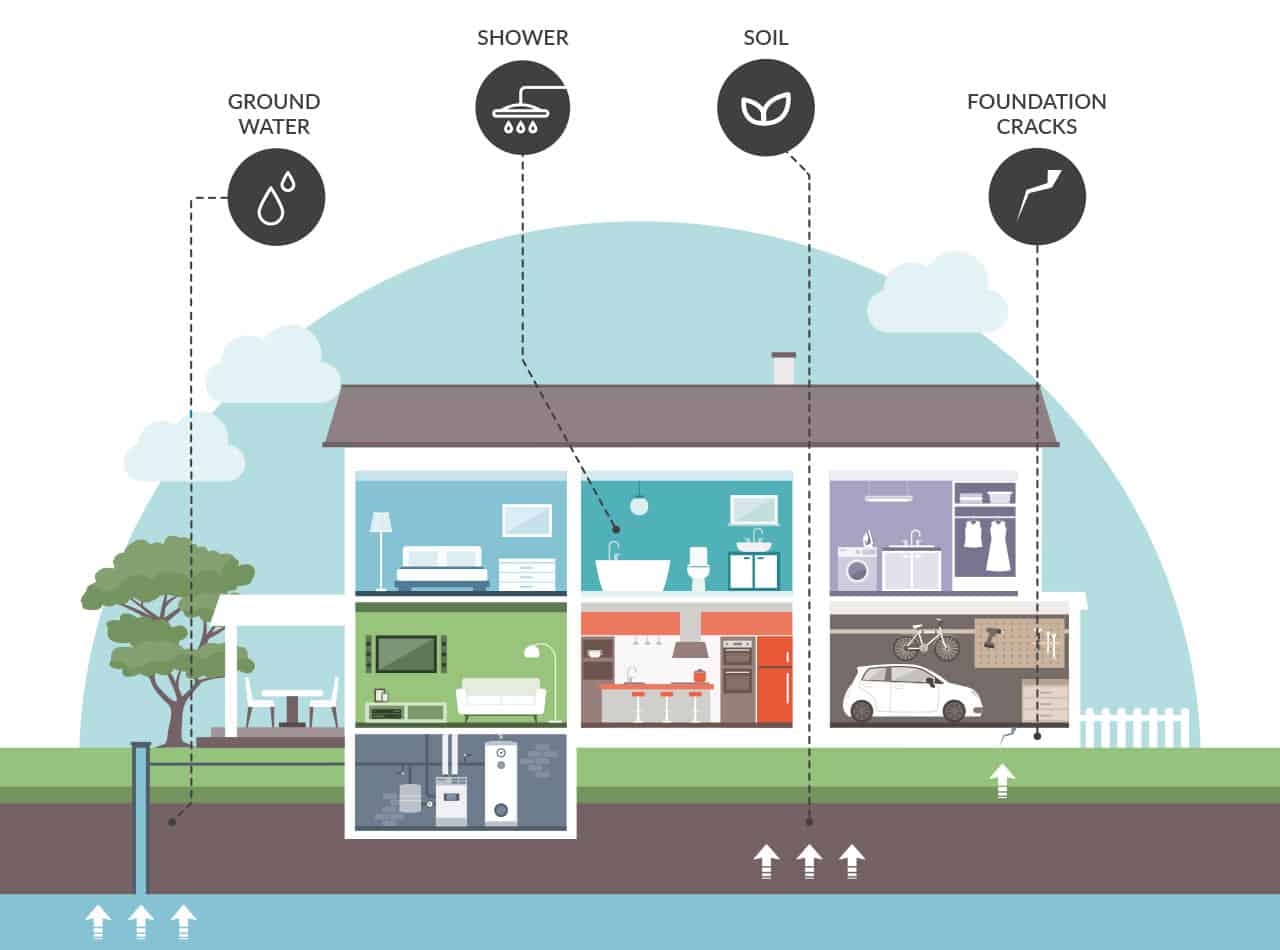
How Can You Reduce Radon At Home?
Fortunately, there are simple and inexpensive techniques to help you lower radon levels at home. By following these tips, you’ll have peace of mind knowing that your entire family is safe from the effects of radon.
1. Hire Professionals
Since radon is invisible and odorless, hiring professionals to test your home is the only way to gauge its presence. Radon mitigation companies will provide a detailed report about the levels of radon present in your home and create a course of action that best suits your property and situation.
Although you can buy radon test kits and test your home on your own, hiring professionals is still a better option. Professionals have the experience to accurately test your home for radon using continuous radon monitors or time-integrated sampling techniques.
2. Seal Cracks
As mentioned, radon is a radioactive gas found in almost all types of soil. Radon moves up from the ground to the air and enters your home through holes in the foundation. Homes with cracks and holes are more susceptible to radon and cause the gas to build up indoors.
To prevent this from happening, immediately seal cracks and other holes in the house the moment you notice any. Depending on the location and size of the problem, you can use plaster or caulks. If you’re not confident in sealing cracks on your own, contact professionals.
3. Increase Air Flow
One of the easiest ways to reduce radon at home is to increase airflow by opening windows and buying new ceiling fans or vents to circulate air. Even if the location of your home has high levels of radon, increasing the airflow will enable the gas to escape outdoors.
4. Limit Time Spent In The Basement
The basement is versatile because you can use it for different purposes, but it’s also one of the most susceptible to radon. Your basement is the closest to the soil, which is the primary source of radon.
Keep your entire family safe from radon by limiting the time they spend in your basement. Don’t allow your family, especially your kids, to stay overnight in your basement to reduce their radon exposure. If possible, encourage them to spend more time in other places around the house.
5. Install A Radon Reduction System
Installing a radon-reduction system at home is a great way to protect your family from the effects of radon. Generally, radon reduction systems use a fan to pull air underground and then exhaust it outdoors through pipes. These pipes are positioned in a certain way to ensure that radon gas is released away from any openings, such as doors and windows. The pipes used in the system can be placed outside or inside the house.
Today, you can choose from three different types of radon reduction systems:
- Drain tile suction: With this type of radon reduction system, pipes are used to penetrate the drain tiles inside your home where soil gases are pulled and then exhausted outdoors.
- Sub-membrane: Often used in crawl spaces, this radon reduction system uses pipes to pull soil gas from crawl spaces and then releases it outside.
- Sub-slab suction: This system is more straightforward than the others because it pulls radon underneath your home’s foundation and vents it outside.
Final Thoughts
Radon is a naturally occurring gas, which means that you can’t completely get rid of it. Regardless of the size, type, and location of your home, expect that radon will always be present.
But if you want to reduce your family’s risk of lung cancer, you must follow the radon mitigation practices presented in this article. The lower the radon levels in your home, the better it is for everyone in your household.
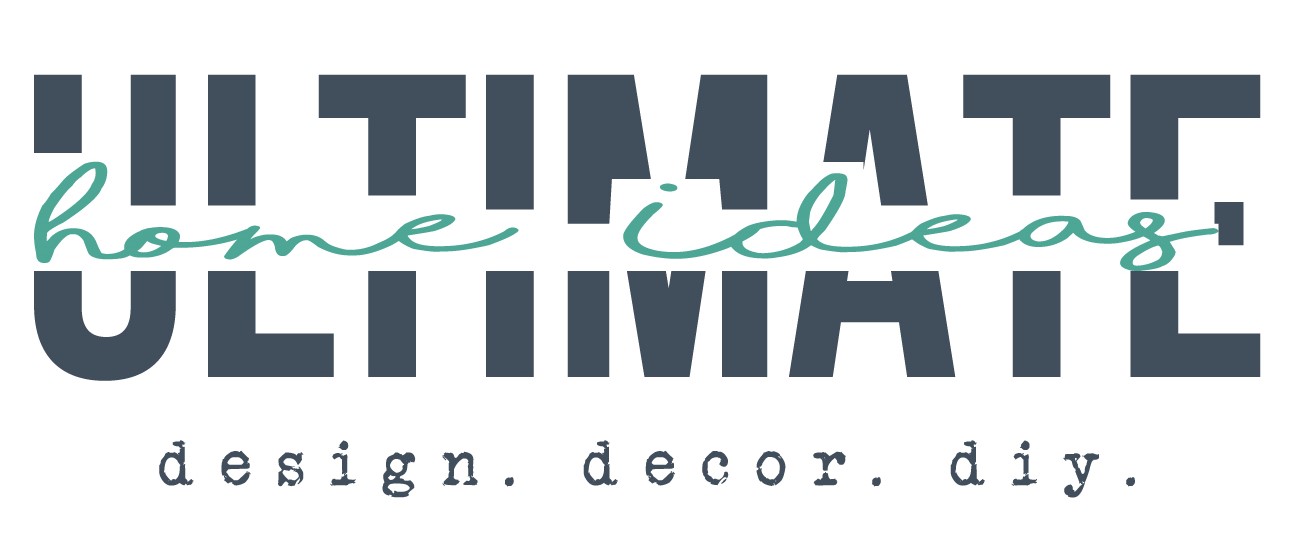










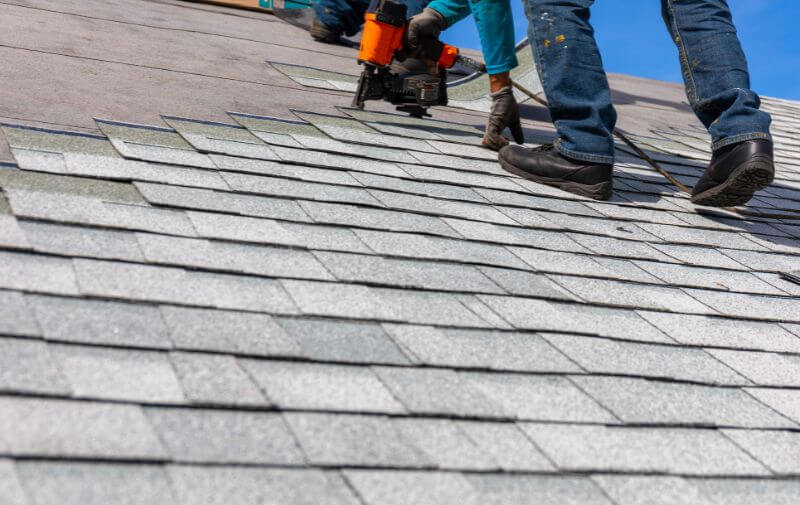
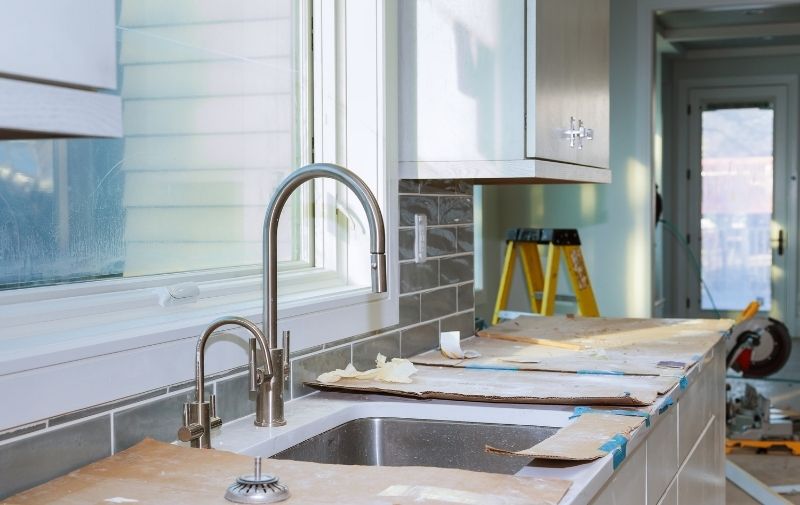

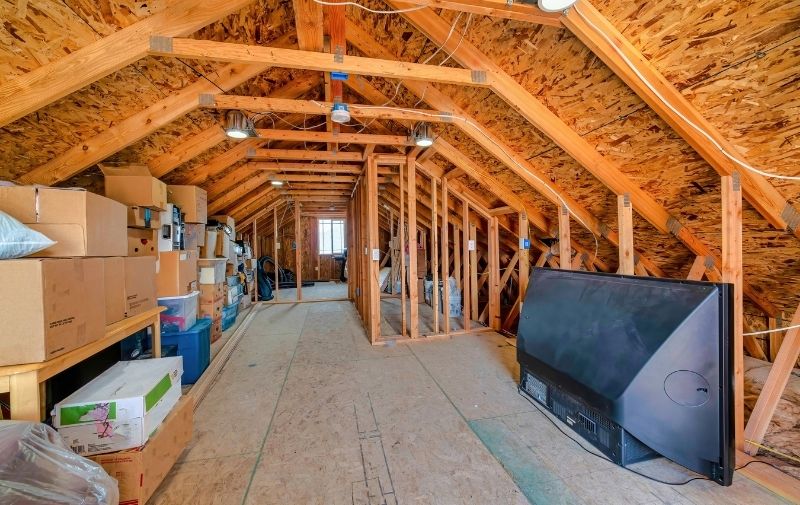
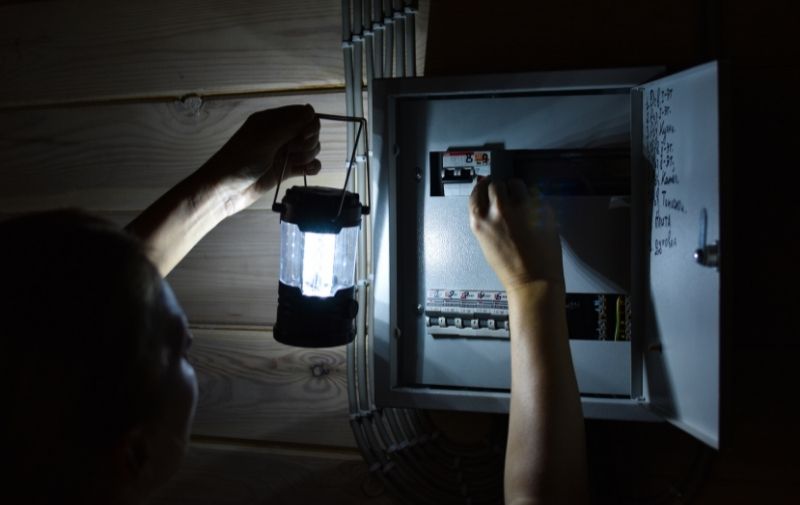
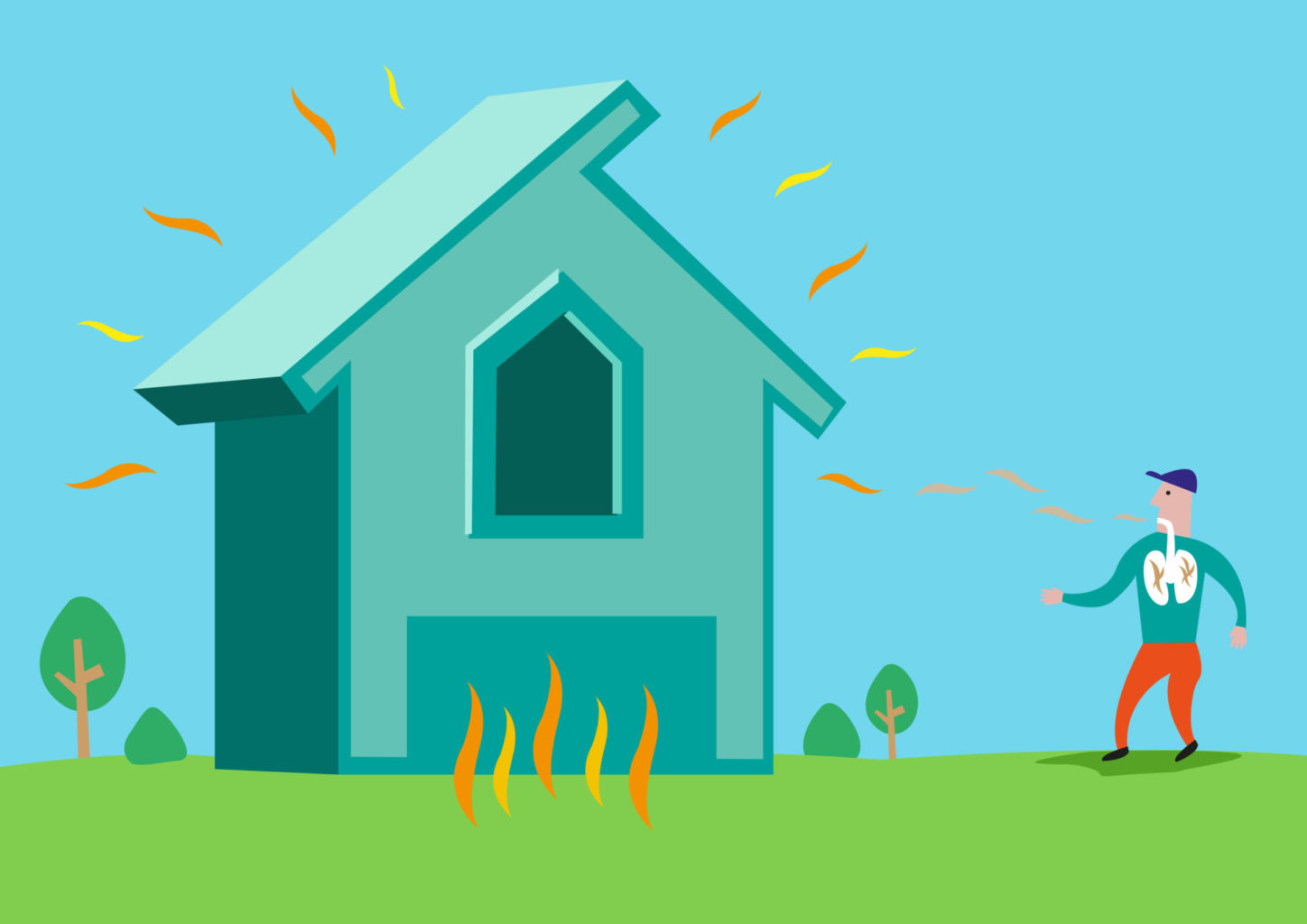
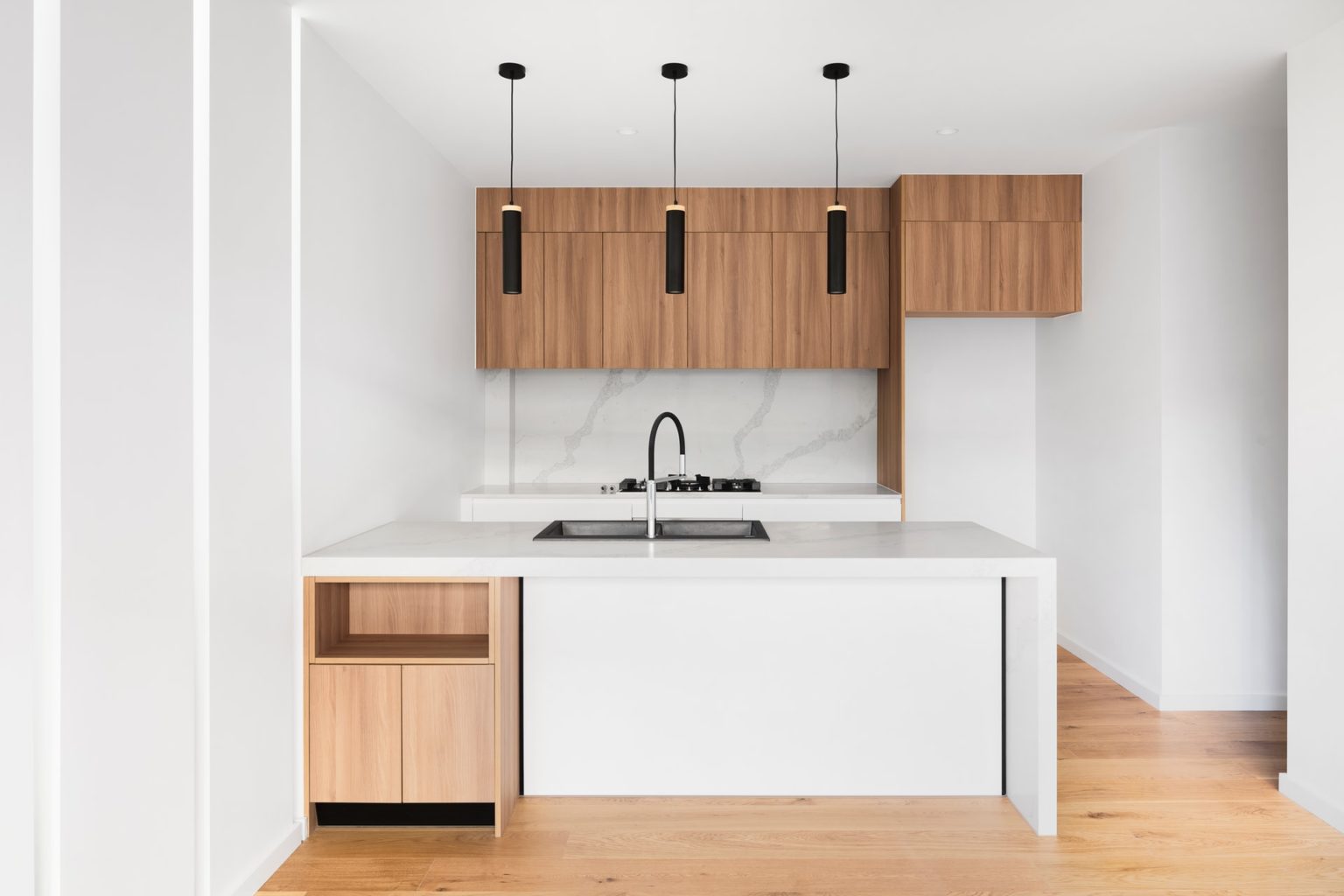

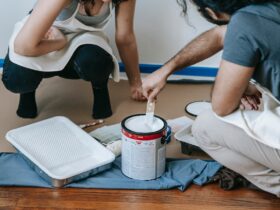

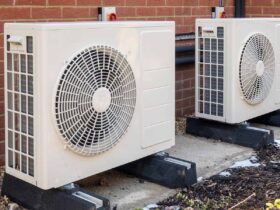
Leave a Reply